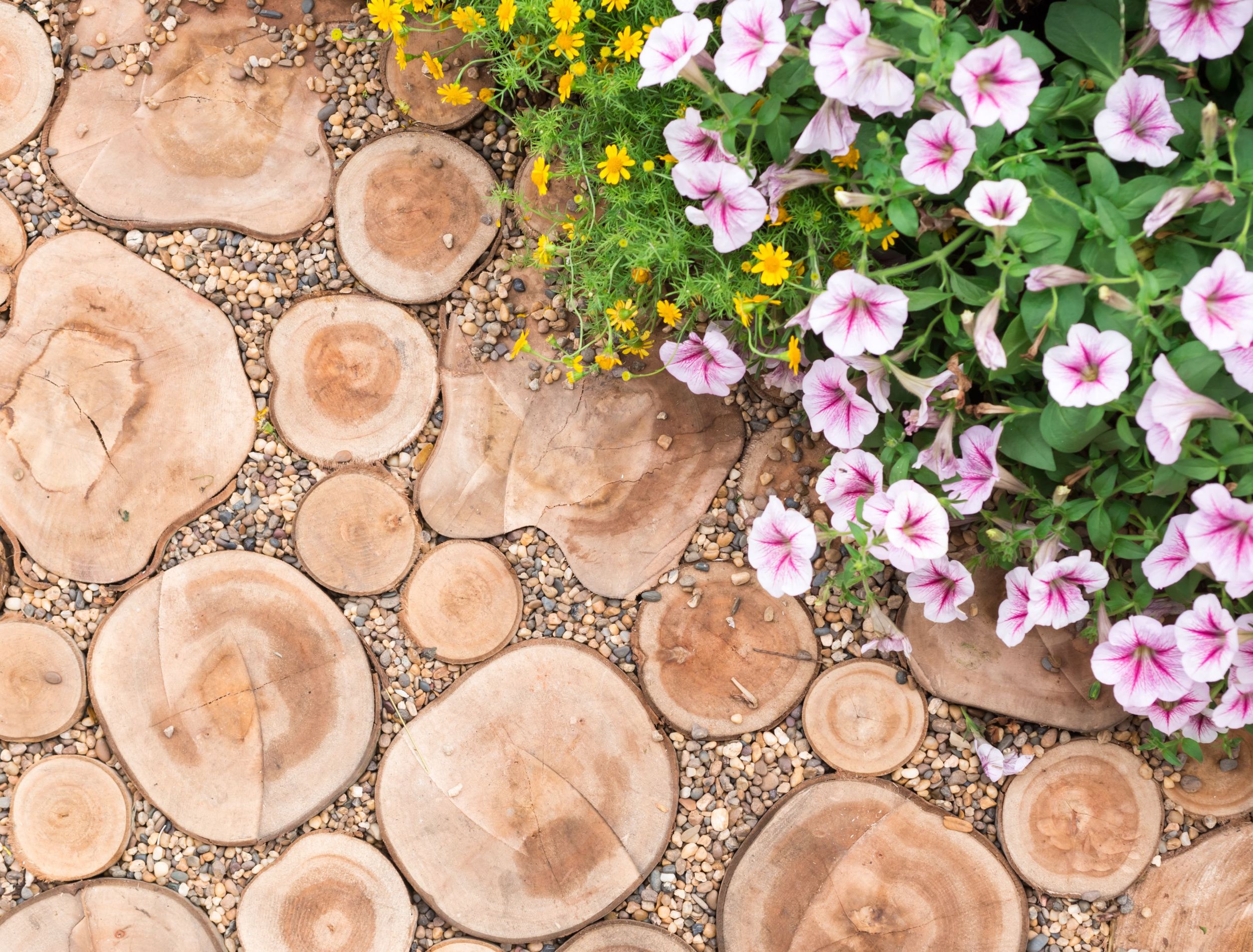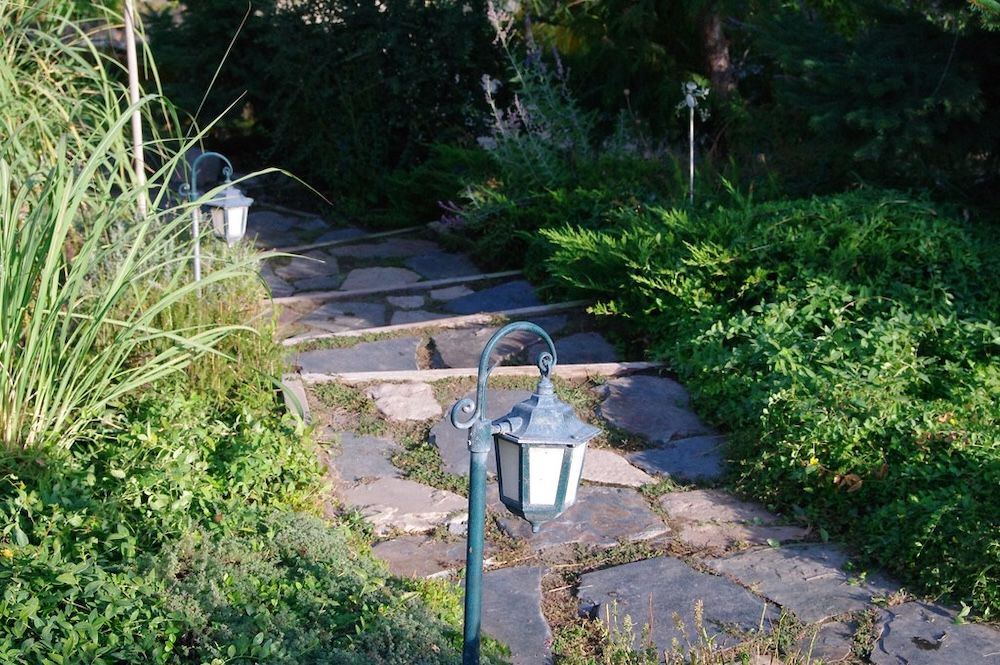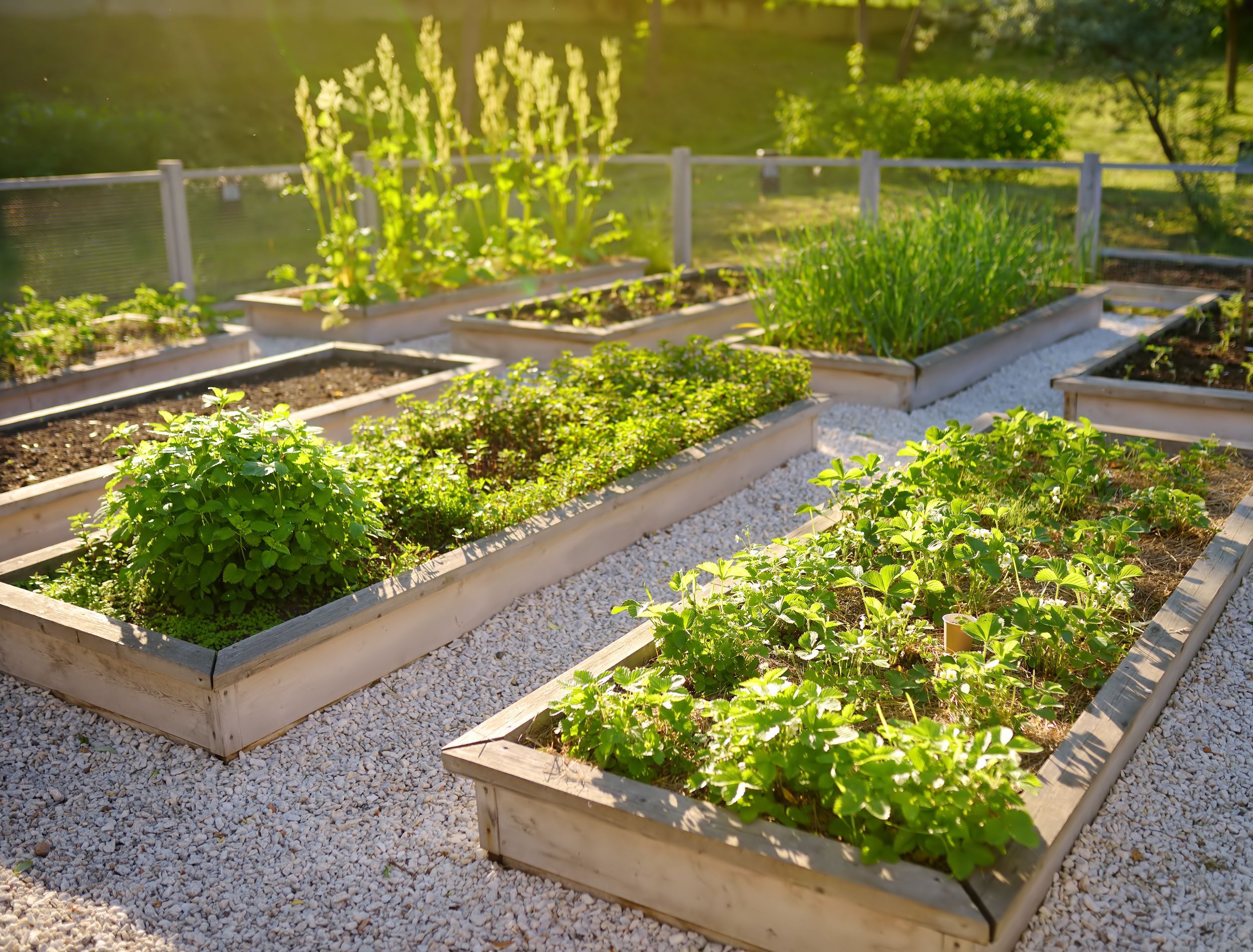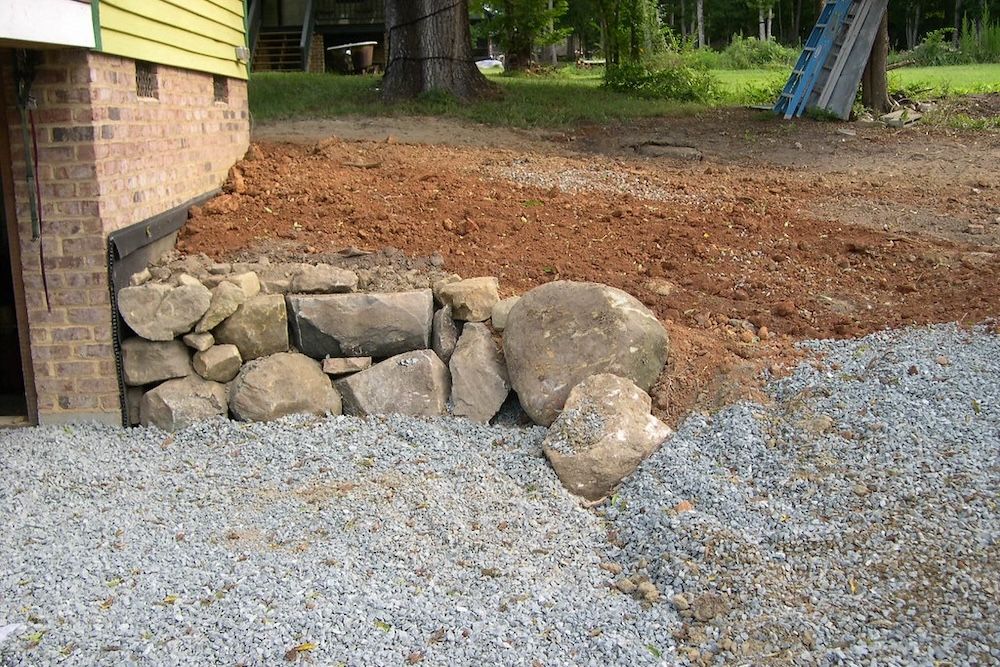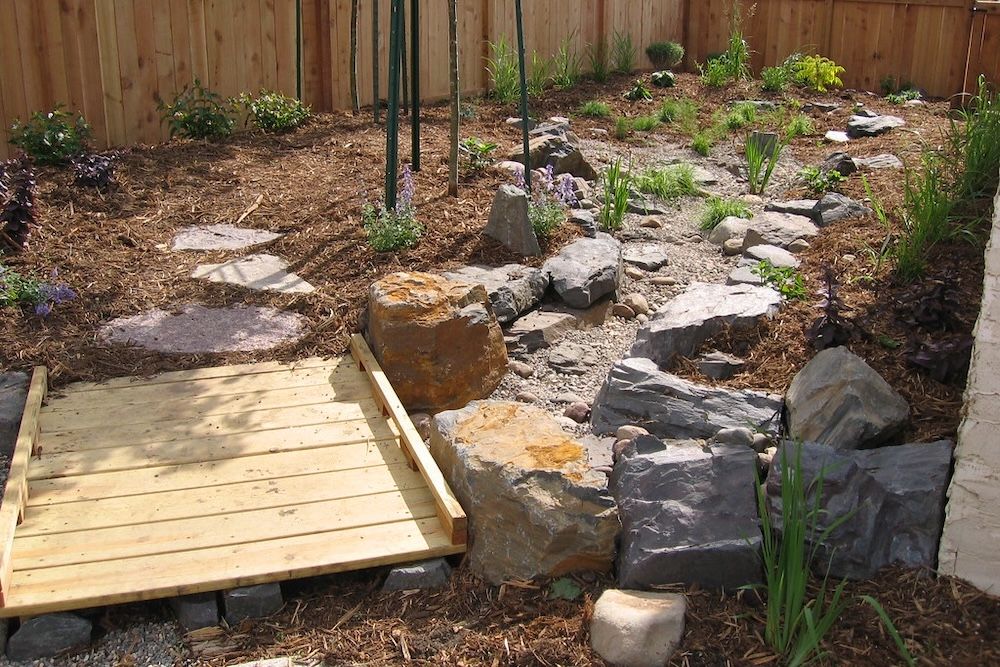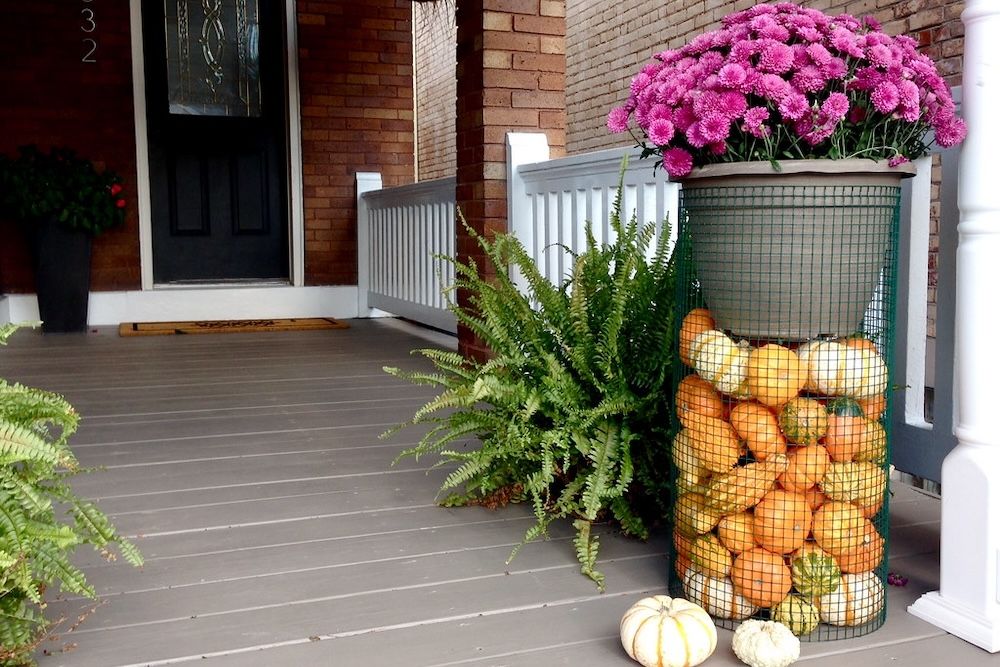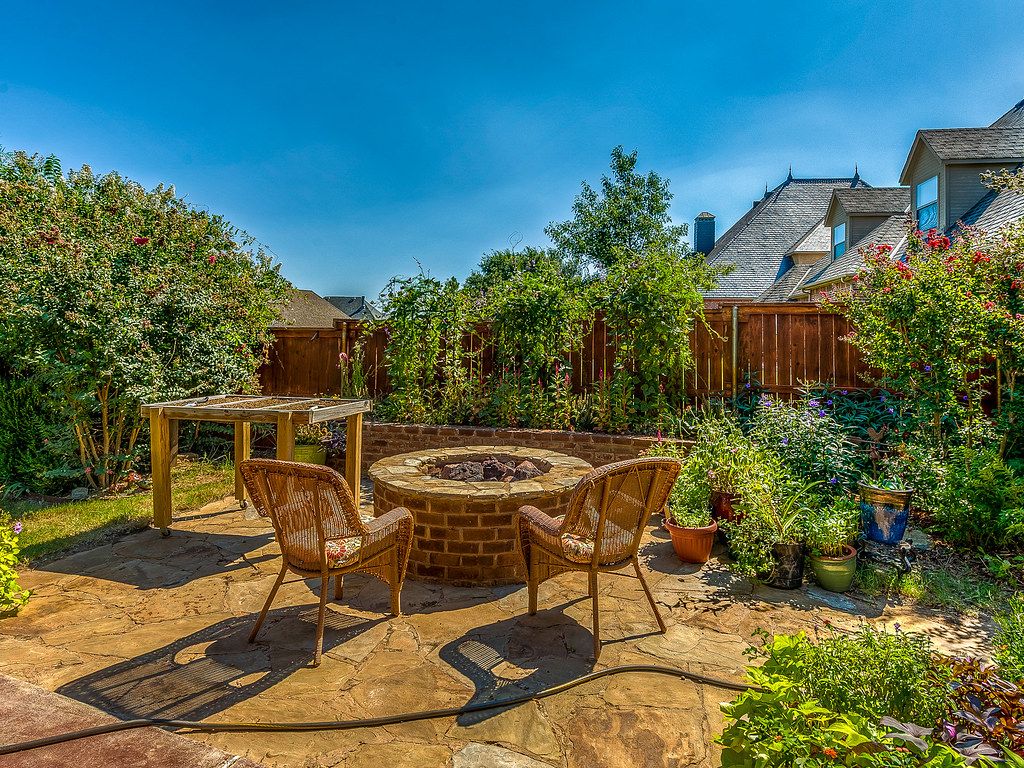Key Takeaways
- Naturalized landscaping uses native plants and materials to create a sustainable and low-maintenance garden. It provides food and shelter for native wildlife, creating a biodiverse ecosystem.
- Planting wildflowers and native shrubs is a great way to achieve a truly naturalized landscape. These plants are well-adjusted to the local climate and require less irrigation and fertilizer.
- Raised garden beds add growing space, improve drainage, and are more attractive. They can be built using rot-resistant woods or cinder blocks, and can be customized to fit any backyard.
From landscaping around trees to DIY landscaping for your yard, there are many types of landscaping out there — but the most rewarding ideas and designs are from nature. Naturalized landscaping is a type of landscaping that uses native plants and natural materials to create a sustainable and low-maintenance garden.
It is a rewarding option for homeowners who want to create a beautiful, environmentally friendly outdoor space. By using native plants in your landscape, you provide food and shelter for native wildlife such as birds, butterflies, and bees. These steps help create a more biodiverse ecosystem.
1 Indigenous Flora
Plant wildflowers and native shrubs
To create a truly naturalized landscape, you can plant wildflowers and native shrubs. These low-maintenance plants are well-adjusted to the local climate and soil conditions and require less irrigation and fertilizer than non-native plants. Consider these plants that may be native where you live, whether you prefer flowers or shrubs.
|
Wildflowers |
Native Shrubs |
|
Black-eyed Susan |
Azalea |
|
Coneflower |
Blueberry |
|
Echinacea |
Dogwood |
|
Goldenrod |
Hazelnut |
|
Milkweed |
Holly |
|
Purple coneflower |
Hydrangea |
|
Rudbeckia |
Lilac |
|
Yarrow |
Rhododendron |
2 Slate and Stone Pathways
Creates a unique and inviting walkway
Stone pathways add a touch of rustic charm to any landscape. Their jagged, puzzle-like composition creates a unique and inviting walkway. Some of the most popular stones used for pathways include:
- Brick
- Bluestone paver stones
- Limestone
Limestone is a durable and versatile stone often considered an ideal walkway choice. Another outdoor walkway alternative is slate, a natural non-slip tile. When choosing a stone for your naturalized landscaping project, it is important to consider the environmental factors in your area and the overall look you are trying to achieve.
Stone pathways are perfect for arid, sandy landscapes and can also be used to create stunning flagstone walkways as well. With a bit of planning and some DIY garden path ideas, you can create a beautiful, durable pathway that adds value to your property and provides years of enjoyment.
Limestone can absorb water and become reactive to acidic elements, such as rainwater, which can lead to long-term deterioration.
3 Raised Garden Beds
Gives you more growing space
Raised garden beds are a great way to add growing space to your landscape while protecting your plants from pests and diseases. They have superior water retention and warm up more quickly in the spring, which can lead to earlier and more bountiful harvests. You can use them to create a visually appealing focal point in your garden.
There are a host of other benefits, too.
- Improved drainage: Raised garden beds have better drainage than traditional garden beds, which can help to prevent root rot and other problems.
- Fewer weeds: Weeds are less likely to spread from a surrounding area.
- Easier access: They're easier to access, which can be helpful for people with limited mobility.
- More attractive: With many styles of raised garden beds available, you can customize the look of your backyard.
Use wood such as cedar, redwood, or treated lumber for a natural-looking raised bed. These woods are all rot-resistant and durable. Another option is to reuse cinder blocks, which are environmentally friendly and affordable. Your raised garden bed will thrive for many years with some care and attention.
4 Invite Birds and Bees
Getting beneficial insects and birds to your garden
Whether you prefer creatures with tails, wings, or pollinating proboscises, you can design your outdoor space with them in mind.
For birds:
- Attract birds to your backyard: Hang bird feeders with birdie muffins, pine cone feeders, or bird seed wreath feeders.
- Keep squirrels out of your bird feeders: Spice the food with pepper to keep squirrels away or offer squirrel-deterrent birdseed options.
For pollinators:
Cultivate a garden with indigenous plants that attract local butterflies and bees.
|
Flowering plants that attract pollinators |
||
|
Bee balm |
Black-eyed Susan |
Coneflower |
|
Lavender |
Milkweed |
Purple coneflower |
|
Sedum |
Sunflower |
Zinnia |
For furry friends and pets:
- Landscape with mulch. This option is safe and inexpensive, as well as easier on paws.
If you have a swimming pool, make sure you have a fence or gate to prevent pets and other animals from falling into it.
5 Go Bigger, Go Boulder
Imposing size creates a statement
Boulders are a timeless natural element that can add a touch of grandeur to any landscape. They are prevalent in both green and arid landscaping, where their imposing size can make a real statement, and there are many different boulder landscaping ideas.
- Boulder retaining walls: Large stones or boulders can help hold back soil or other materials.
- Boulder water feature: Consider a large rock or boulder as part of a water feature.
- Boulder seating areas: Use boulders or rocks as seating options.
- Boulder sculptures and works of art: Incorporate boulders or rocks into natural structures or art installations.
Granite boulders are most commonly used in landscaping. They are durable and relatively easy to use.
Plants also tend to grow well on the edges of boulders, which helps to create a more naturalistic scene and prevents them from looking out of place.
Use caution when landscaping with boulders.They can be very heavy and difficult to move. Consult with a professional landscaper if you are planning to use boulders in your landscape.
6 Rain-Friendly Garden
An effective way to reduce rainwater runoff
Rain gardens are a natural and sustainable way to manage stormwater runoff. They are typically located in a depression in the landscape so that they collect rainwater from downspouts and other runoff areas.
There are many benefits to creating a rain garden.
- Reduce flooding: Collects and infiltrates stormwater runoff
- Improve water quality: Filters runoff from gutters and other impervious surfaces
- Habitat for wildlife: Provides a source of food and water for animals
When designing a rain garden, consider the slope and size of the landscape and the types of plants that you are planting there. Its location should be an area that receives full sun to partial shade. Choose plants for your rain garden that will tolerate the amount of sunlight and water it will receive.
One popular element in rain gardens is a pebbled path. These can help to channel rainwater and filter runoff from gutters, as well as create a more natural and inviting look.
7 Propping up Plant Stands
Helping plants stand out
Plant stands are holders for potted plants that you can use indoors or outdoors. They're available in many materials, including plaster, plastic, wood, or metal. Gabion plant stands are a sustainable and durable option for outdoor plant stands. Gabions are cages, usually cylindrical or box-shaped, filled with rocks or sand. They are designed to be permanent structures, lasting anywhere between 10 and 75 years.
But there are many other ideas for outdoor plant stands.
- Tree stumps: Sizable tree stumps can make neat plant stands and last up to ten years if preserved properly. To preserve a tree stump, apply two to three coats of polyurethane wood sealant on the sides and top of the stump.
- Repurposed objects: Other outdoor plant stands can often be found in nature or around the house. For example, you could repurpose an old ladder, wheelbarrow, or even a pair of rain boots into a plant stand.
- DIY plant stands: There are many different DIY plant stand projects, too. This is a great way to create a unique and personalized plant stand for your outdoor space.
8 Add a Fire Pit for a Weathered Vibe
Tree stump seating can raise the pizzazz
Fire pits are a great way to add warmth, ambiance, and a sense of natural beauty to your landscape. They create a focal point for your outdoor living space and are also a great way to entertain guests.
When choosing a fire pit for naturalized landscaping, selecting a material that will blend seamlessly with your surroundings is important. Natural stone fire pits offer a rustic and natural look. Brick fire pits are another option, and you can paint them to match your décor.
Once you have chosen a fire pit, you can incorporate it into your landscape design.
- Create a seating area around your fire pit with tree stumps, chairs, or benches.
- Add a few plants or flowers near your fire pit to help soften the look and create a more natural feel.
- Place your fire pit in a central location in your yard to make it a gathering place for family and friends.
- Use your fire pit to create a focal point by placing it in front of a water feature, sculpture, or even a simple garden wall.
Place your fire pit away from overhead utility lines or immovable structures like homes, sheds, or pools.
Naturalized landscaping is a way of designing your outdoor space to embrace the natural elements and use native plants. It's a sustainable and low-maintenance approach that can create a beautiful and unique landscape. Remember to choose native plants adapted to your local climate and soil conditions. Share this article with friends and family who may be considering natural landscaping ideas.

